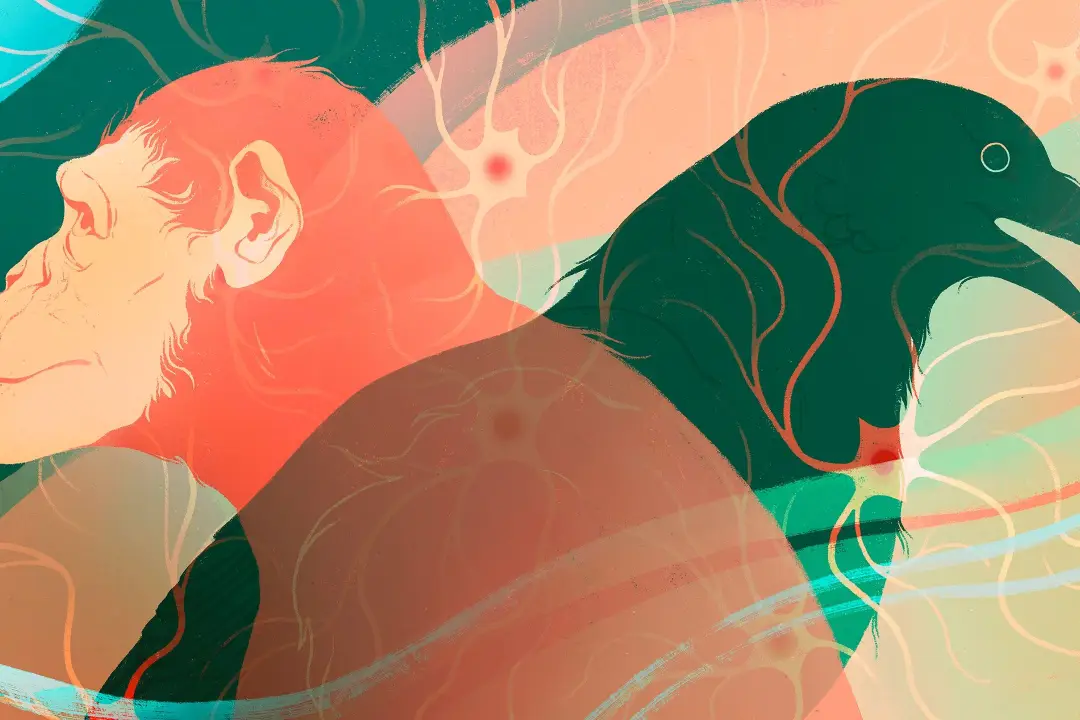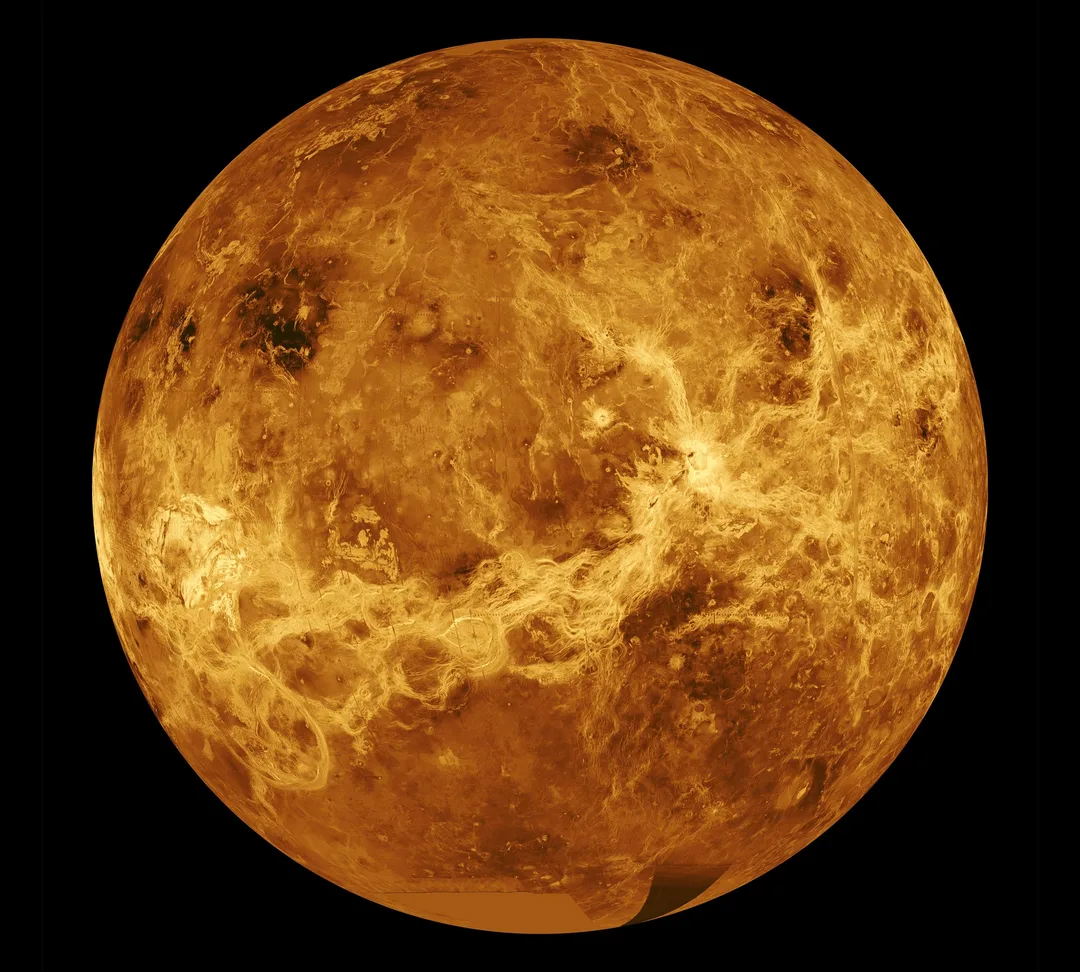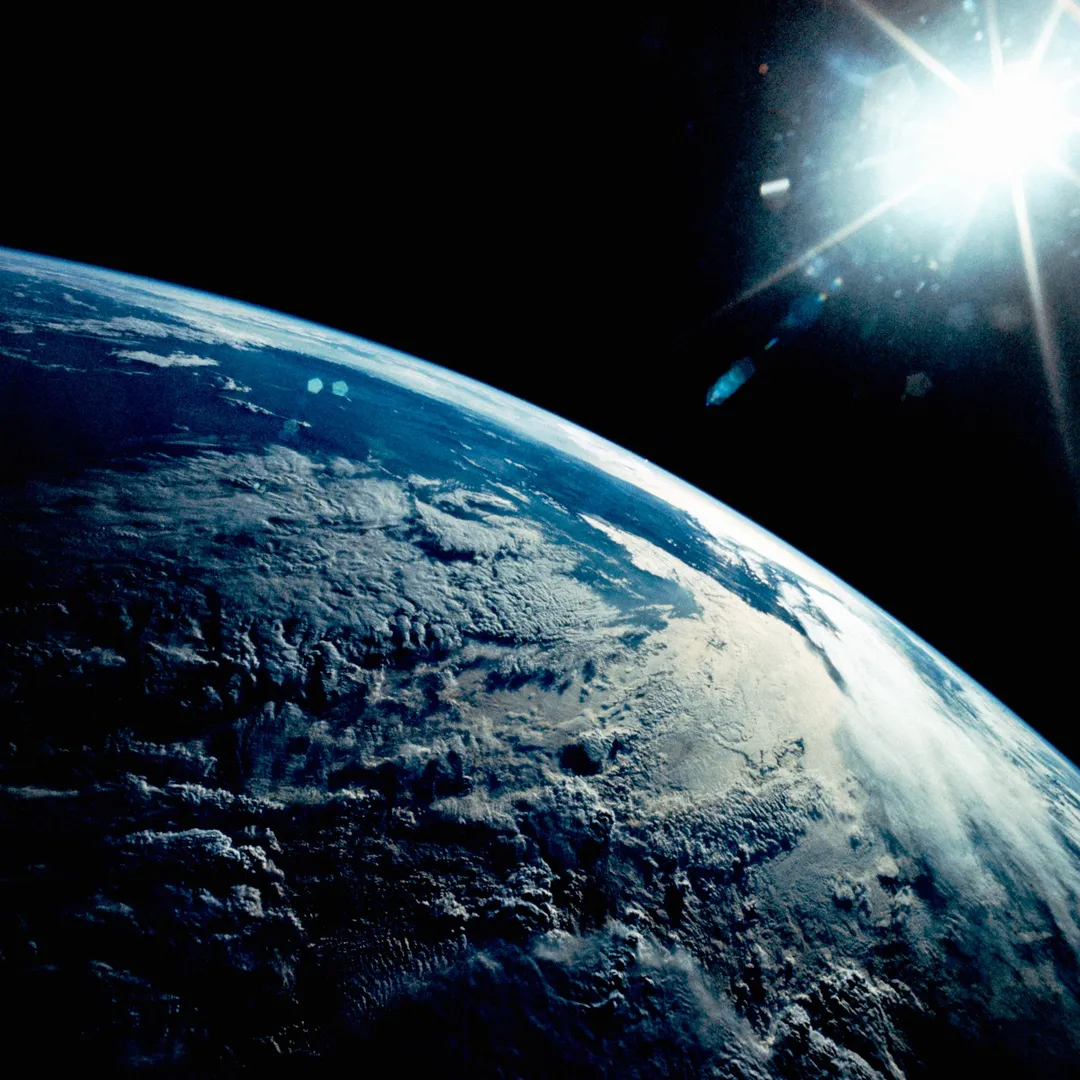The evolution of intelligence on Earth is a remarkable story of convergence. Humans tend to view themselves as the peak of cognitive development, yet science tells us that these advanced forms of intelligence were born in two completely different lineages: the primates and the cetaceans. It is an expression of convergent evolution, an indication of just how adaptable and complex life is on our planet.
From our common ancestry with other primates, the evolution of our cognitive abilities gained momentum for millions of years. Indeed, modern chimpanzees – our closest relatives – exhibit certain behaviors suggesting advanced cognitive function. They craft tools, carry out complex social interactions, and show signs of problem-solving skills. The orangutans demonstrate planning for future gain, something once thought to be uniquely human.
Social complexity is believed to have spurred the evolution of intelligence in primates. As primates formed larger and more complex social groups, individuals had to navigate relationships, communicate well, and solve problems in order to succeed. Hence, advanced cognitive faculties came to include theory of mind- an awareness that other people can have different thoughts, feelings, and opinions than oneself.
Cetaceans have adapted to the vast waters of the oceans, whales, dolphins, and porpoises, with the concomitant evolutionary changes that produced intelligence. Although also mammals, their brains differ greatly from the nerves of primates. For instance, dolphins have a neocortex with spindle neurons, the same types of neurons found in humans and great apes, suggesting complex social cognition.
Then add cetacean intelligence, with social construction, communication, and problem-solving abilities. Dolphins coordinate hunting, use tools, and display behaviors of altruism and self-awareness. Whales – specifically orca – share complex social connections and cultural knowledge, with traditions passed from generation to generation. Wikipedia
The result is considered to provide the powerful impetus for the evolution of cetacean intelligence-those very challenges existing within their aquatic habitats. Hence, advanced cognitive abilities could presumably be driven by challenges like navigating through vast oceanic spaces, cooperative hunting, and establishing complex social relationships.
Convergent Evolution: The Same Road to Intelligence
The independent evolution of intelligence among primates and cetaceans illustrates the principle of convergent evolution, whereby similar adaptive traits evolve independently in different lineages because of corresponding selective pressures. Convergent evolution provides evidence that despite evolutionary divergences, advanced cognitive functions considered to include the capabilities of problem-solving, social interaction, and communication are possessed by both groups.
Such convergences suggest that there are environmental and social challenges that enhance predisposing intelligent behavior, irrespective of evolutionary lineage. It shows that intelligence is not a single evolutionary trajectory but a complex trait capable of expressing in multiple ways in a diversity of organisms.
In fact, studies of the independent evolution of intelligence expand the horizons of understanding cognitive evolution. This would challenge the view that intelligence is human-centered on evolution; it speaks to the manifold ways in which complex behaviors can arise. By studying the cognitive capacities in other animals, scientists gain insight into the principles underlying intelligence.
Moreover, this intelligence will find some practical applications. Knowledge about animal cognitive capacities can lead to better conservation, better ways for humans to interact with these animals, and the betterment of our understanding of artificial intelligence through lessons learned from nature.
Advance in primate and cetacean evolution is a story of two distinct adaptations pointing toward different forms of the same capacity. Convergence enriches our understanding of intelligence and increases our sense of kinship with the truly wild and foreign lives evident all over the planet.







